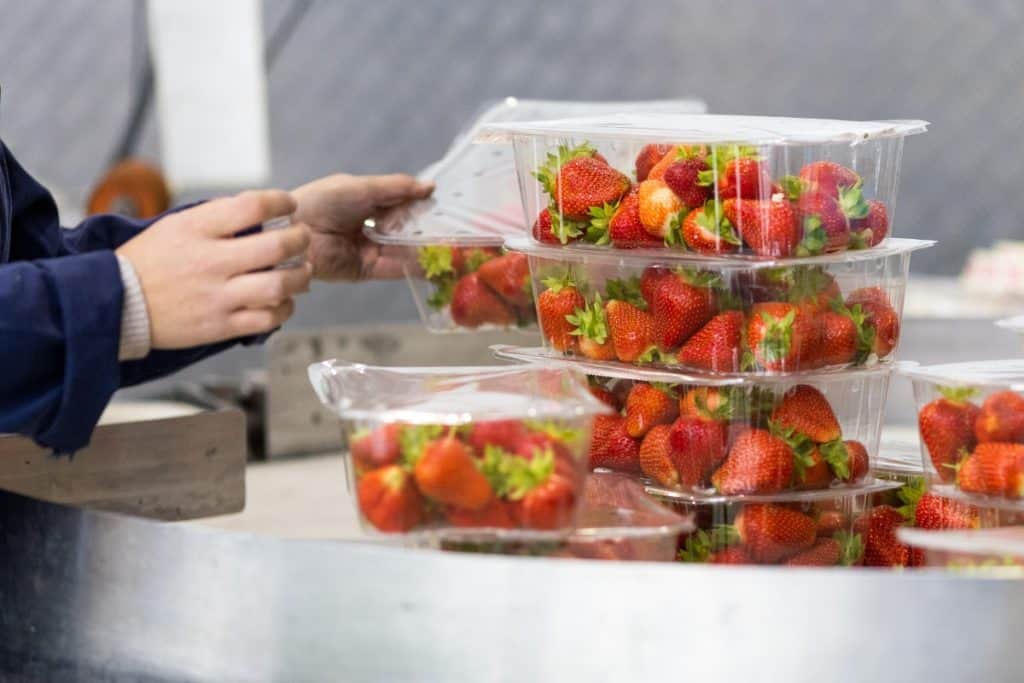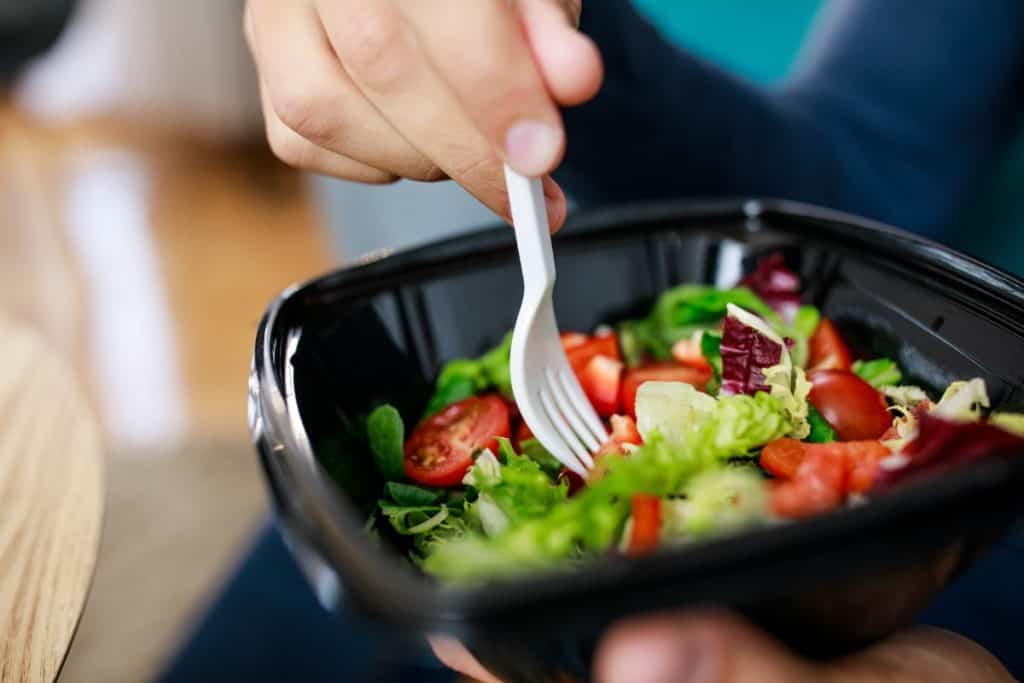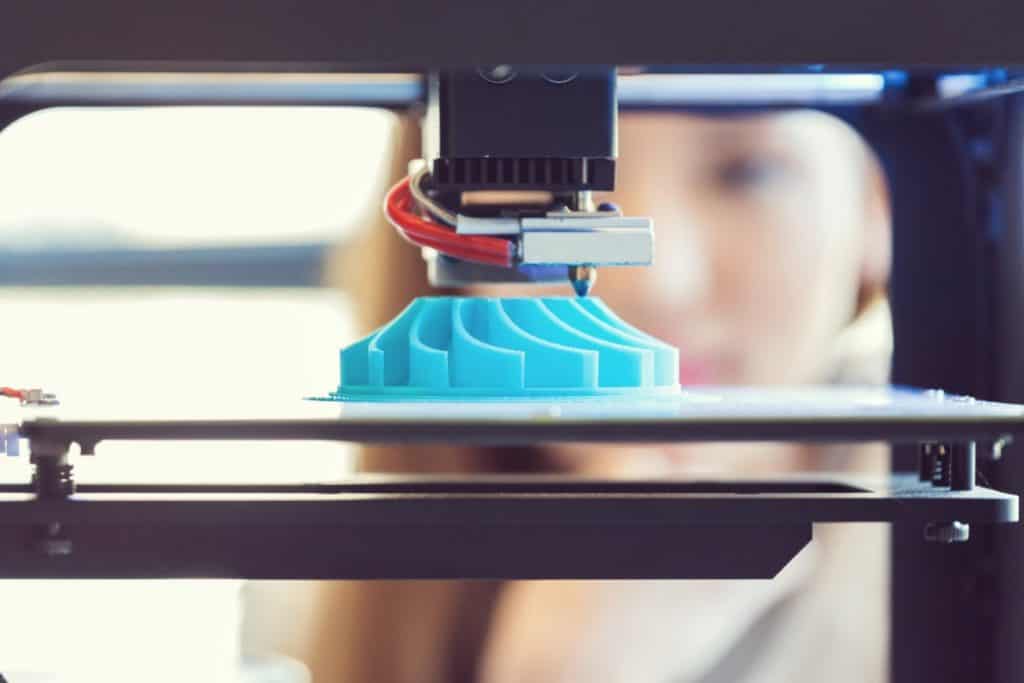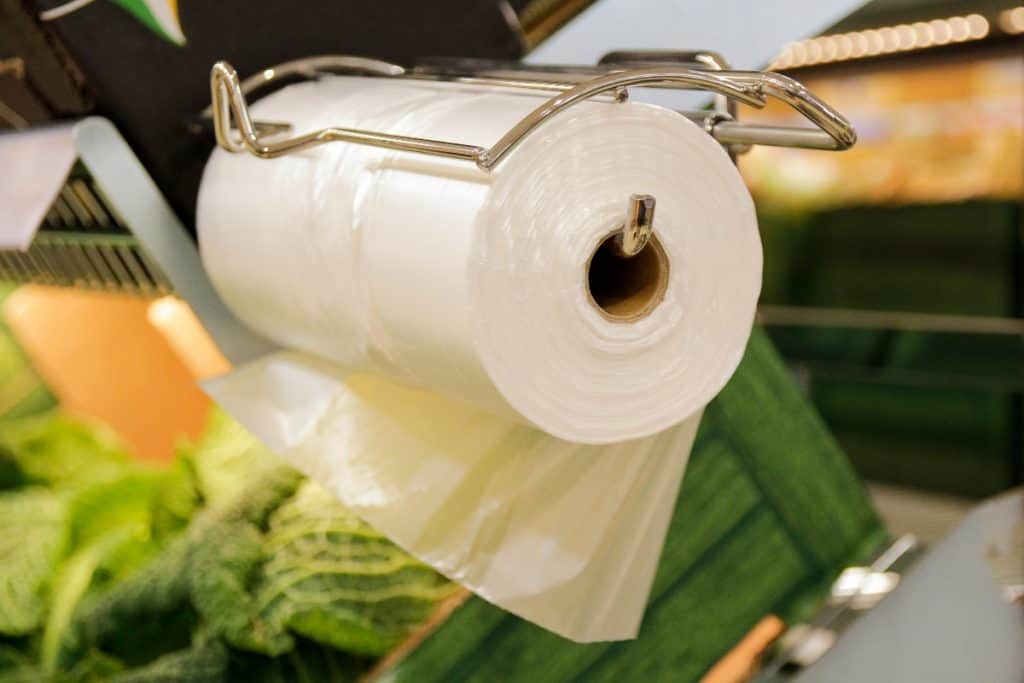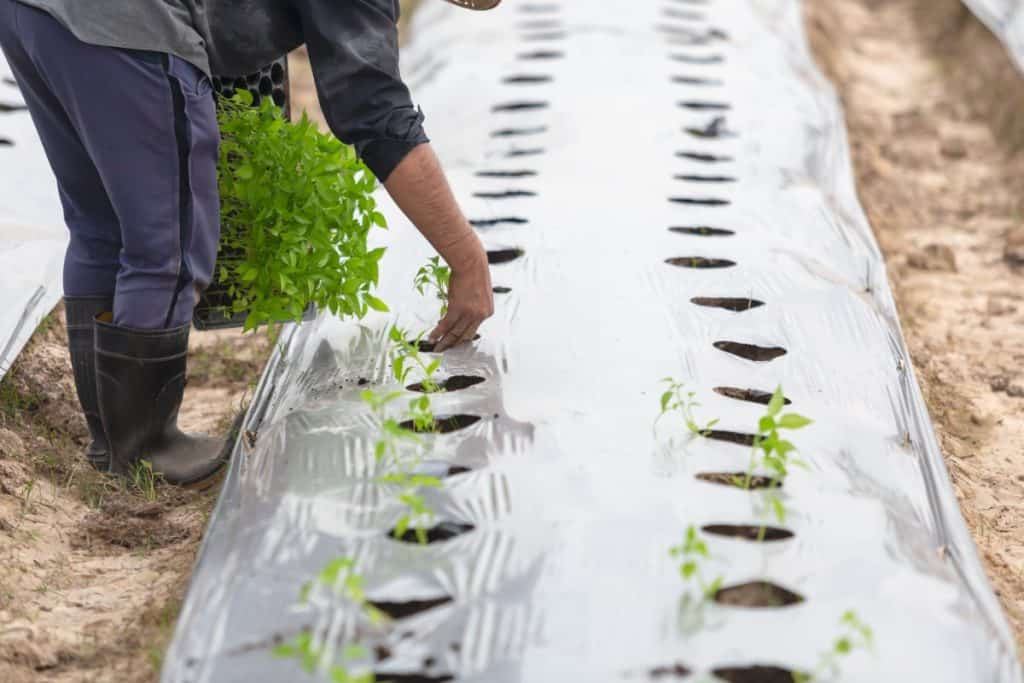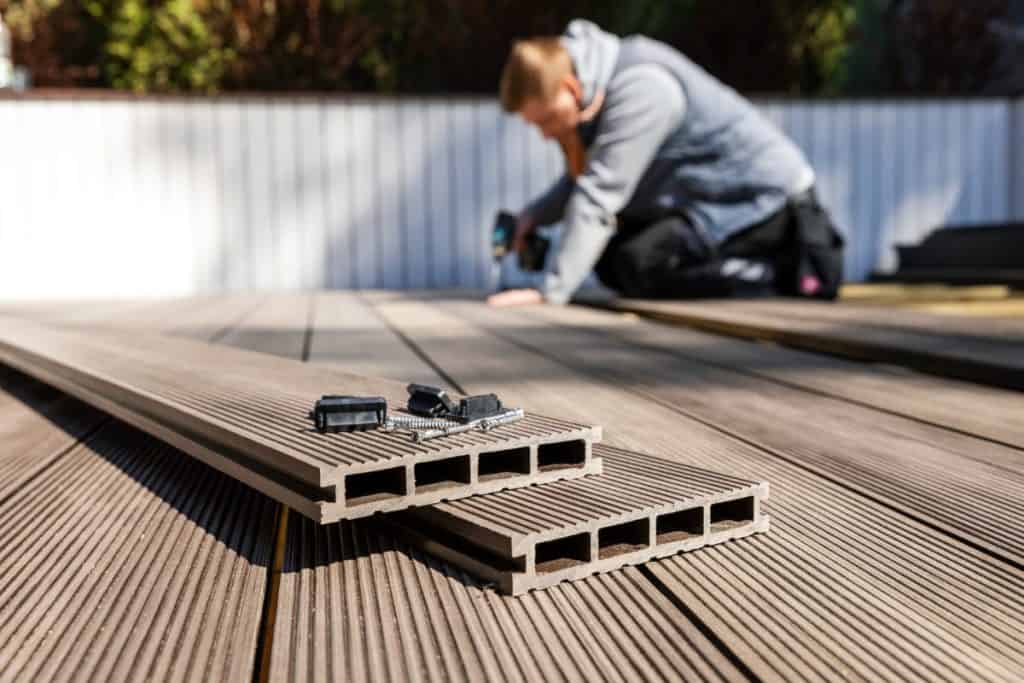What is PolyLactic Acid (PLA)
- PLA is biopolymer.
- PLA is used in a wide range of applications, such as appliances, electronics, packaging, food service ware, 3D printing, fibers and non-wovens.
- PLA is made from plants that absorb CO2 from the atmosphere resulting in a reduced carbon footprint. This makes it a more sustainable alternative to traditional plastics.
- PLA is recyclable, meaning that after collection, sorting and reprocessing you can use it to make new PLA products. This ensures that valuable resources are kept in the circular value chain.
- PLA is compostable and biodegradable: under the influence of water and microorganism it leaves behind no microplastics in the natural environment.
- PLA is innovative and has been the material of choice for new applications like 3D printing, toys and BPA free food service ware.
From CO2 to biodegradable polymers
PLA markets and applications
Advantages of PLA Biopolymer
1. Bio-compatible
Biodegradable and non-toxic, decomposing to harmless substances in the natural environment.
2. Low-energy production
Requires less energy to produce than fossil-based products.
3. Mechanical properties
Good strength & stiffness at room temperature, durability comparable with conventional plastics.
4. Food Contact Compliant
Can be safely used for products in contact with food and beverages.
5. Compostable
Industrial Compostable and Biodegradable, meeting international standards.
6. Low emissions
Doesn't emit toxic fumes when melted or incinerated.
7. Thermoplastic
Can be processed as any other traditional thermoplastic material.
8. Reduced carbon footprint
Supporting international net zero targets.
9. Circular economy
100% renewable & recyclable.

